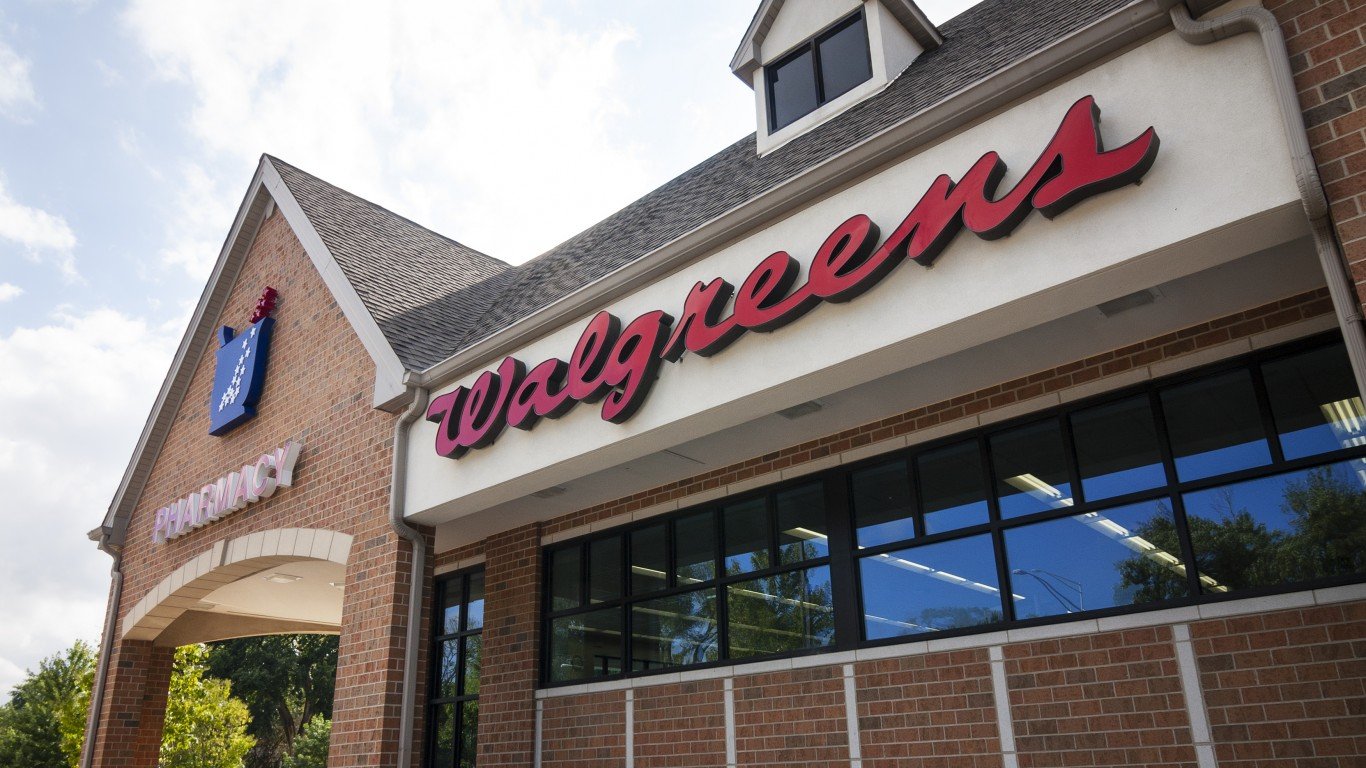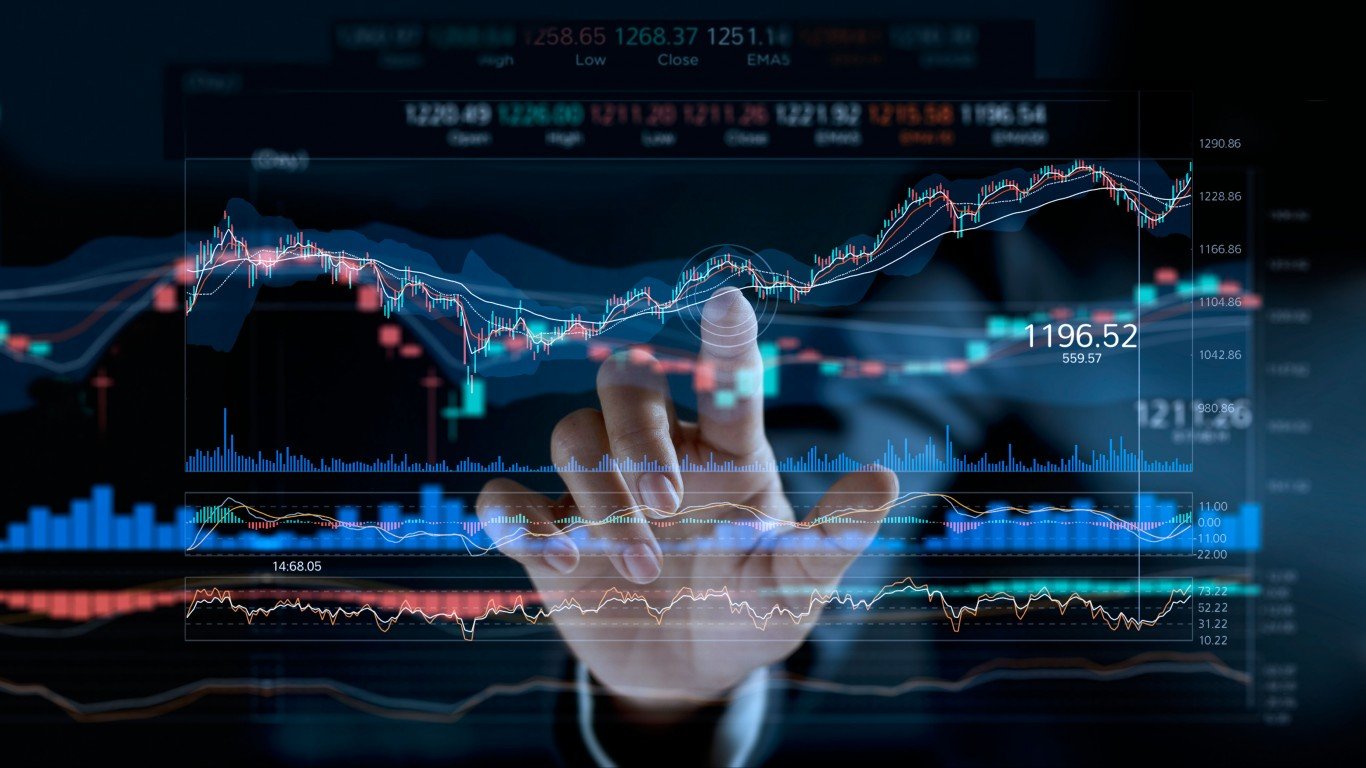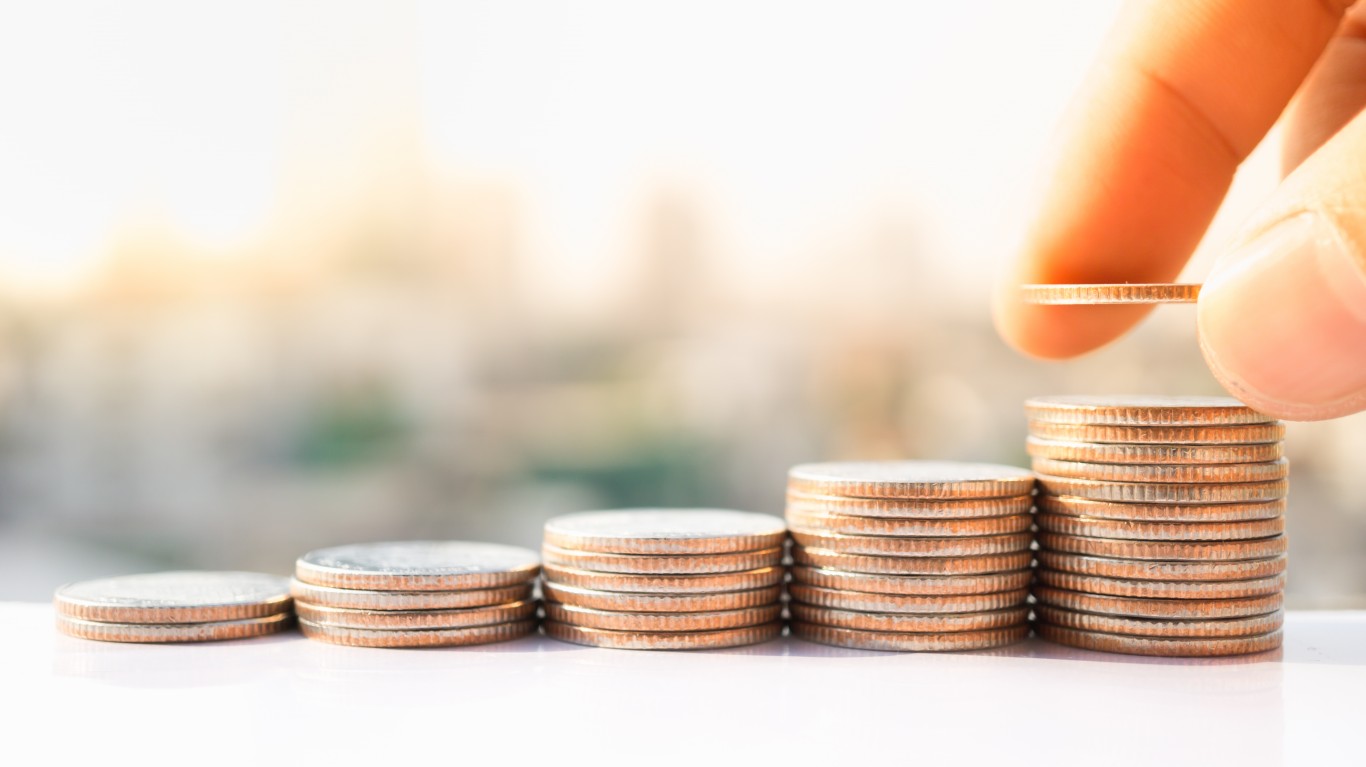

A key component of income investing is a portfolio that includes safe dividends, those that are unlikely to shrink or disappear. Recognizing when a dividend is stable and safe can be a challenge. Yet, certain metrics can offer clear signs for the investor looking to establish or shore up such a portfolio. What do these metrics tell us about the quarterly dividend at Walgreens Boots Alliance Inc. (NASDAQ: WBA)?
The most recent Walgreens payout was $0.25 a share. However, the previous dividend was $0.48 per share. The specialty retailer slashed its dividend in order to shore up its cash flow and balance sheet in the face of financial difficulties. After the share price retreated for much of the past year, and the yield is still a generous 4.5%. That is better than those at competitors CVS Health Corp. (NYSE: CVS) and Walmart Inc. (NYSE: WMT). The next ex-dividend date for Walgreens is expected in mid-February.
Dividend Aristocrat?

Other Valuation Metrics

The dividend payout ratio indicates how much of a company’s earnings are paid out as a dividend. It is a sign of how safe a company’s dividend is and how much room it has for future growth. The higher the ratio, the greater the risk. Income investors often look for a dividend payout ratio of less than 0.6. Unfortunately for Walgreens investors, its payout ratio is up at about 2.9. The company has some work to do to return to its average over the past decade of 0.37, which is in line with the industry average.
A look at free cash flow reveals whether the company has the funds required for its payout, as well as for share repurchases or even paying down debt or making acquisitions. Income investors prefer growing free cash flows. At Walgreens, the $1.9 billion reported for 2023 was the lowest free cash flow in the past decade. The figure was in the red for the two most recently reported quarters.
Return on invested capital is a measure of how well a company allocates its capital to profitable projects or investments. Again, the thing to look for is stability, specifically a double-digit ROIC over many years. The Walgreens ROIC in recent quarters has been in the red as well. Even before that, from 2011 to 2019 the trend was for the ROIC to drift lower.
Operating margin is a measure of the percentage of revenue a company keeps as operating profit. Here too the preference is for a stable double-digit percentage increase. For Walgreens, the figure has been less than 6% since 2012, including recent quarters in the red. So its operating margin is another metric that the company needs to turn around.
A look at sales growth offers a clue to the volatility or cyclical nature of the business. Steady, moderate growth, say 3% to 7%, is ideal. Things are not so dire on this front. With some variability, the trend of annual revenue has been growth, from over $67 billion in 2010 to about $139 billion last year. The revenue growth at CVS and Walmart has been more steady in that time, though.
Probably the most popular valuation metric is the price-to-earnings (PE) ratio. This indicates whether a stock is expensive or cheap at its current market price, compared to the broader market or to competitors. Walmart has a trailing PE ratio of more than 33. That is down from a peak of about 67 in 2020, and the forward PE is less than 7. So, it is high right now but headed in the right direction. It also compares with a historical benchmark of 15, as well as the broader market’s current 24 or so. CVS’s PE is near 11, while that at Walmart is nearly 30. The industry average is less than 27. (See which five blue chip dividend stocks make up 75% of Warren Buffett’s portfolio.)
And finally, the number of shares outstanding is worth a look. When companies buy back their shares, that number shrinks. But secondary offerings of stock increase that number. Investors tend to prefer a declining total, as that increases their stake over time. For Walgreens, the number of shares has declined from nearly 1.1 billion in 2015 to around 863 million last year.
Summary

| Dividend Aristocrat | 🗙 |
| Dividend payout ratio | 🗙 |
| Free cash flow | 🗙 |
| Return on invested capital | 🗙 |
| Operating margin | 🗙 |
| Sales growth | ✔ |
| PE ratio | 🗙 |
| Shares outstanding | ✔ |
The dividend payout ratio suggests that even the reduced dividend may not be sustainable. While the sales growth is a good sign so far, the free cash flow does not support the payout for the time being. Walgreens clearly has a lot of work to do before it can return to its investor-friendly ways and head for Dividend Aristocrat territory once more. Analysts seem cautiously optimistic, as 15 out of 24 recommend buying shares. Hitting their mean price target would be gain of more than 20% for the stock in the next 12 months.
Sponsored: Want to Retire Early? Here’s a Great First Step
Want retirement to come a few years earlier than you’d planned? Or are you ready to retire now, but want an extra set of eyes on your finances?
Now you can speak with up to 3 financial experts in your area for FREE. By simply clicking here you can begin to match with financial professionals who can help you build your plan to retire early. And the best part? The first conversation with them is free.
Click here to match with up to 3 financial pros who would be excited to help you make financial decisions.
Thank you for reading! Have some feedback for us?
Contact the 24/7 Wall St. editorial team.



